In California, winter rains bring spring flowers. Our state boasts one of the largest numbers of endemic plant species in the world: of the over 3500 species of plants found in our region, over 60% of them are found here and here alone, leading to spectacular “super-blooms” of native wildflowers in the spring when conditions are right (like the massive super-blooms in the California that occurred in 2017 after the abnormally wet 2016-2017 rainy season).
But, it’s official: this past winter was one of the driest on record, with most of the Bay Area in a moderate to severe drought as of April. Our recent, climate change-fueled droughts have serious ecological consequences, stressing native plant communities and causing more intense wildfires. While dry winters do lead to reduced wildflower blooms, native California wildflowers have a variety of adaptations to help them survive our brutal California summers, make do with limited water, or wait out a bad growing season for years with better resources.
If you can’t beat the heat, stay out of the summer!
The simplest way that plants can avoid drought stress and extreme summer temperatures are to avoid them altogether. Annual plants complete their life cycles in less than one year, optimizing their growth and reproduction to coincide with the rainy winter and spring seasons when temperatures are mild and soils are at their moistest. Many of these species produce copious amounts of seeds that may stay dormant in the soil for years, lying in wait for years to germinate when conditions are favorable.
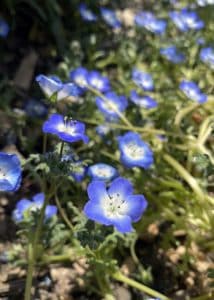
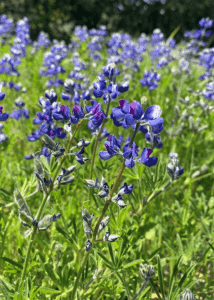
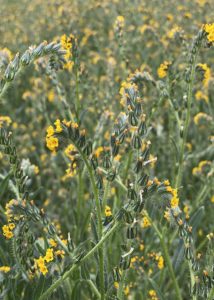
Geophytes save water alright!
Geophytes, more commonly known as bulbs, are plants that have specialized underground storage organs that store water and nutrients. Some of these bulbs may be derived from leaf tissue (as seen in onions or lilies); they may be derived from modified stems called corms (as seen in wild Brodiaea), or from underground rhizomes (as seen in wild Iris species). These plants use the saved nutrients and water in their storage organs to grow all of their aboveground leaves and flowers, which often senesce during the summer dry season. Their spring blooms offer a useful reminder that so much plant life exists below ground, out of our view.
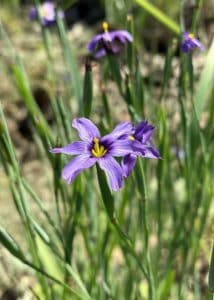
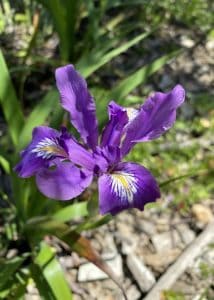

Unbe-leaf-able Adaptations
Plants have small openings in their leaves called stomata. These tiny pores open and close to allow plants to absorb carbon dioxide from the atmosphere and exchange it for oxygen produced through photosynthesis. However, plants tend to lose moisture through these stomata when they open, and native California plants have developed a number of different adaptations to conserve water lost through their leaves. Plants such as Sticky Monkeyflower are drought deciduous: unlike winter deciduous plants that lose their leaves during winter, drought deciduous plants may temporarily lose their leaves during the summer if extreme drought or heat persists, preserving the plant until winter rains return. Even the size and shape of a plant’s leaves can act as a water-saving adaptation: smaller, fringed leaves (such as those found on common wildflowers such as California Buttercup, Common Yarrow, and California Poppy) have less surface area, which reduces the amount of water lost through the epidermis of their leaves. Other leaf adaptations, such as hairs, waxy layers, or powdery coatings can reduce transpiration or act as natural sunscreen.
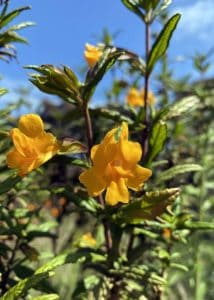
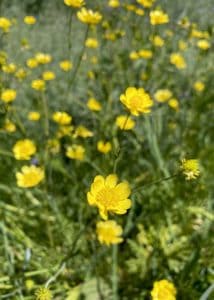
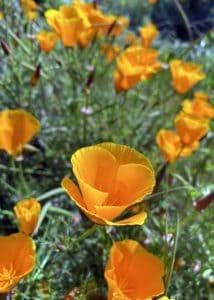
This Bay Story was originally published in By The Bay quarterly newsletter. To receive future emails from Save The Bay, subscribe to our list here.

















































